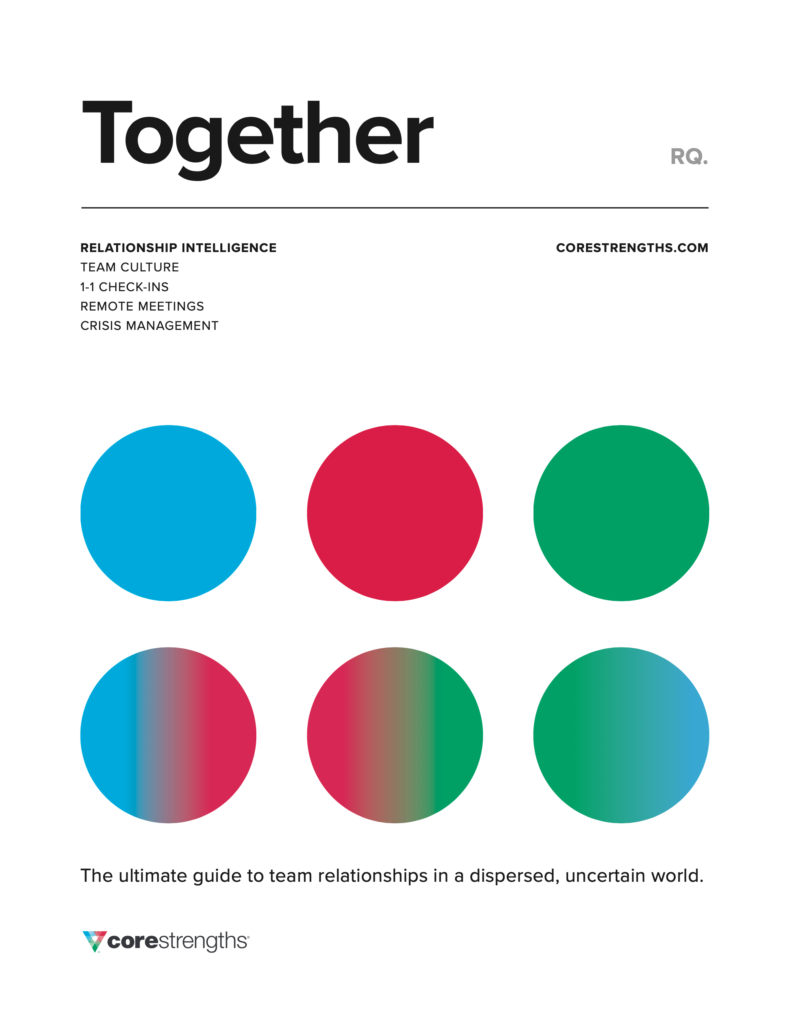Learn about Relationship Intelligence and why your change management strategy is likely to fail without it.
By Gil Brady
Because change in the business world is nonstop, there’s a need for constant adaptation and a new approach to your change management strategy as a result; the old freeze-change-unfreeze method is too rigid for modern times.
In 2000, HBR first reported the statistic that 70% of change initiatives fail, and that number doesn’t seem to have budged in more than two decades. A certain number of change initiatives should fail—not all ideas are good ideas—but a 70% failure rate is a waste of company resources.
Often, the problem is that people in the organization resist the change. They’re not trying to be difficult, the change just wasn’t sold to them from their own perspective about what matters.
To anticipate changes that are coming and help employees adapt, you as a leader need both strategic intelligence and Relationship Intelligence. Relationship Intelligence is insight to adjust your approach to make interactions more effective. In other words, the skills to prepare people for a change in a way that taps into their motivations and values.
Learn how to design a change management strategy that succeeds, using Relationship Intelligence.
Remember the fear of loss in your change management strategy
To start, there are two main types of change: system-consistent and system-breaking. System-consistent change is usually easier on employees because there are fewer losses at stake. Because it’s not actually the change that people fear and push back against—it’s the loss.
Employees are afraid of losing things that matter to them, such as:
- Competence
- Status
- Predictability
- Relevance

One effective way to combat the fear of loss: come to the change initiative through the lens of motivation and what matters to people. Once you have that insight, you can adjust your approach to planning and executing the change—that’s what it means to have Relationship Intelligence.
Ground your change management strategy in people’s motivations
According to CoreStrengths research, people are driven by three primary motivations:

Concern for People (Blue): People who are motivated by the protection, growth, and welfare of others. They have a strong desire to help others who can genuinely benefit.

Concern for Performance (Red): People who are motivated by task accomplishment and achieving results. They have a strong desire to set goals, take decisive action, and claim earned rewards.

Concern for Process (Green): People who are motivated by meaningful order and thinking things through. They have a strong desire to pursue independent interests, to be practical, and be fair.
When you take the SDI 2.0 assessment, you’ll get a full portrait of how all three blend in your personality, but even if you haven’t taken the assessment yet, keep reading.
The SDI 2.0 describes a vast array of diverse personalities, just like the colors blue, red, and green can create any color on your computer monitor. But we’re going to keep it simple, by focusing on the three colors.

As you can imagine, people with different primary motivations have very different responses to your change efforts.
How to shape your change management strategy
Once you know people’s primary motivations, you can consider them as you plan, execute, and evaluate the entire change initiative.
There are 13 questions that will help you create a change management strategy that’s based on Relationship Intelligence. These questions:
- Ensure all employees get the support they need to make this change successful
- Protect against pitfalls caused by moving too quickly
- Prevent some unintended consequences
A few considerations to get the best results from these 13 questions:
- Get everyone involved in the change in one (potentially virtual) room to the greatest degree possible
- Share that there are performance-, process-, and people-oriented questions
- Spend sufficient, and approximately equal, time on each area
- Reassure the group that all questions are equally important
- Ask everyone to attend to the question at hand, and encourage participation on the questions that they find most interesting
The 13 questions to define your change management strategy

The goal of this discussion isn’t that every constituent will end up thrilled with the change, but that everyone will be part of the process and have a chance to share their perspectives. It’s often the outliers, who are only slightly affected by the change, who push back the hardest—just because they feel left out.
You can ask these questions at any time, and we encourage you to use them multiple times throughout the change initiative, perhaps at the planning, execution, and evaluation stages.
Finally, remember that change for change’s sake is new in business and in human evolution, for that matter! If you reframe nonstop change as continuous improvement and use Relationship Intelligence to bring all different personality types along, your initiative is much more likely to succeed.
Core Strengths can improve your change management strategy
Core Strengths has the tools and expertise to help your organization navigate change successfully. Start by learning about Relationship Intelligence and how it can maximize returns on your change management strategy.








